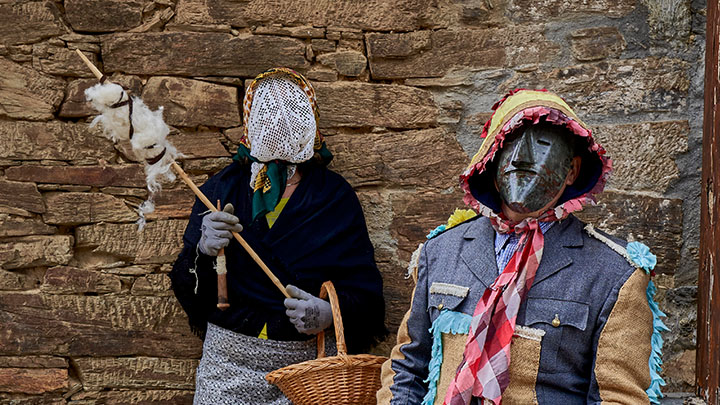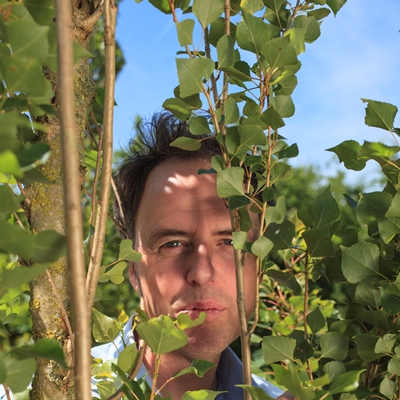Segovia 2017
Architecture
Event 30
Adriaan Geuze in conversation with David Goodman
Green city: Healthy city
Venue: IE University
Read moreProf. Adrian Geuze founded West 8 in 1987, an industry-leading, international landscape architecture firm, working across the fields of infrastructure, landscape and urban design. Headquartered in Rotterdam, and with offices in Belgium and North America, West 8 has established itself as a leading practice with a diverse and multi-disciplinary team of 70 architects, urban designers, landscape architects and industrial engineers. Geuze is internationally acclaimed for his pioneering work in the Netherlands and abroad and his oeuvre includes two transformational metropolitan parks in Madrid – Madrid Río along the Manzanares river and Parque Central in Madrid Nuevo Norte; Governors Island in New York; Jubilee Gardens in London and Yongsan National Park in Seoul, South Korea. In 2022, Adriaan Geuze was appointed as Professor of Landscape Architecture at Technical University Delft and was awarded the Sir Geoffrey Jellicoe Award by the International Federation of Landscape Architects (IFLA) stating him and his firm as changing the relationship between cities, nature, and people.
Geuze will converse about the relation between healthy cities, people, parks and architecture with David Goodman, Dean of IE School of Architecture and Design whose recent research deals with innovations in architecture practice and production during times of socioeconomic turbulence.
The event will be introduced by Roel Nieuwenkamp, Ambassador of the Netherlands in Spain.





